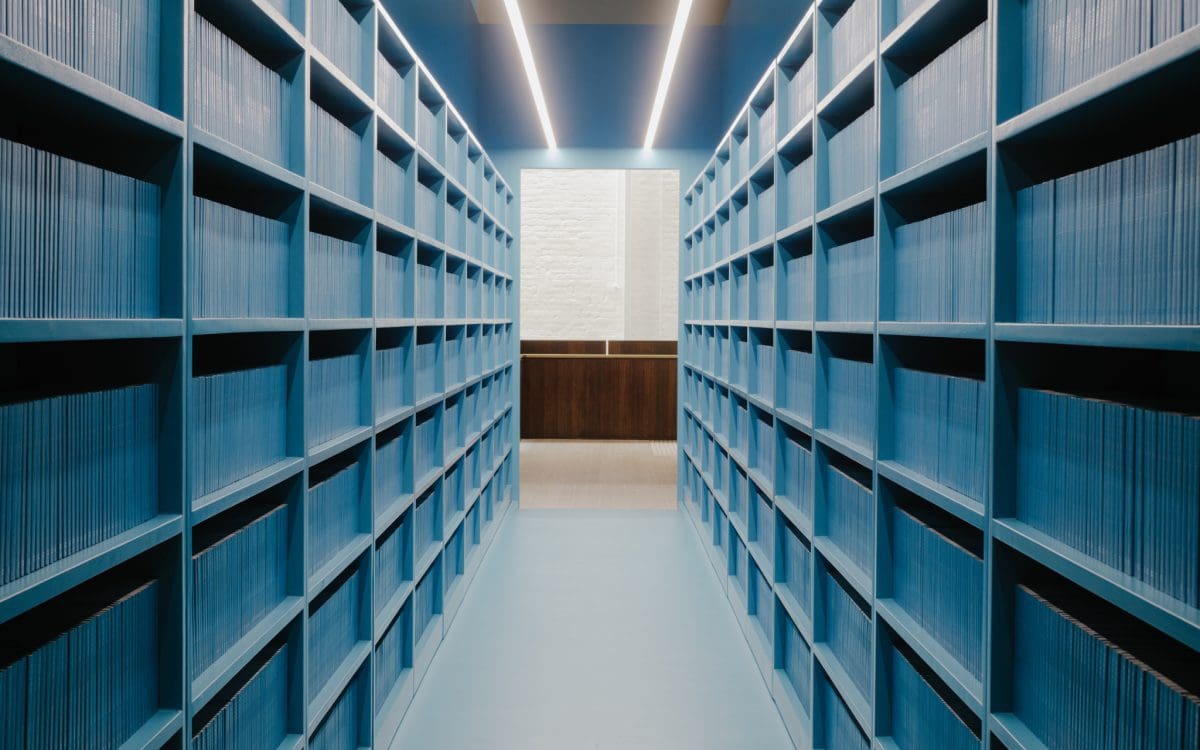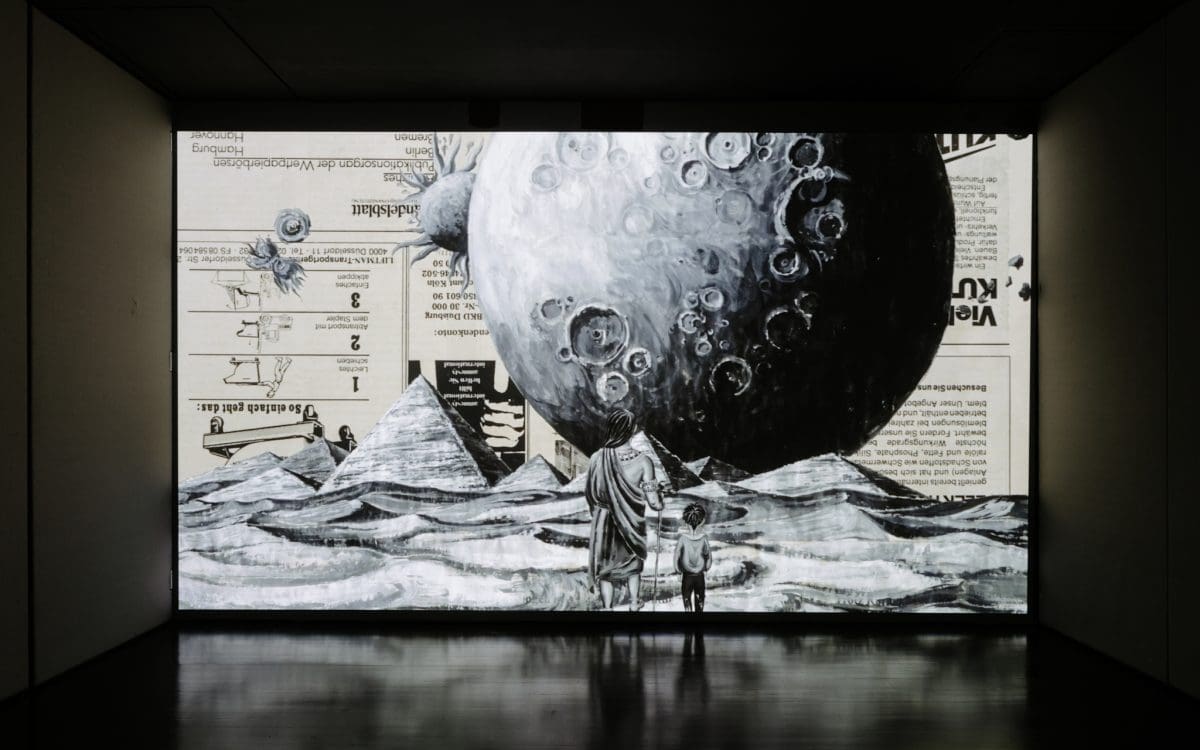
Jennifer Kemarre Martiniello’s Glass Acts
Telstra National Aboriginal and Torres Strait Islander Art Awards 2025 finalist Jennifer Kemarre Martiniello has spent decades crafting an art practice that weaves together memory, heritage and form.







The art of storytelling has been integral to Chinese culture and history for thousands of years. From engraved oracle bones to calligraphy on tortoise shells, stories have been passed down through generations in myriad ways. In today’s digital age, it can seem like a dying tradition—but some artists are finding their own ways to keep this timeless practice alive.
Shuo Shu brings together 29 contemporary artists to explore hidden language and propaganda; storytelling and ancient myths; calligraphy and language.
Curator David Williams selected the works from the existing collection at White Rabbit, with some of them making their public debut. “The tradition of Shuo Shu—storytelling—directed the curation, with artists dealing with mythical, classical and political language,” he says. “It’s always fascinating to see how Chinese artists use classical inspiration in a very contemporary practice.”
Some of the pieces respond to other works of literature and art, such as Yang Jiechang’s Tale of the 11th Day, which adapts classical techniques and materials to allude to Giovanni Boccaccio’s collection of 14th-century short stories, Decameron. Others directly correspond to Chinese history, such as Gu Wenda’s Tian Xiang: Forest of Stone Steles (Sixth Series), an installation of 24 ru stones with etymological ties to Confucian scholarship. And there is Mao Tongqiang’s Leaseholds, which incorporates land ownership papers over various time periods.
Williams is especially excited about one work, which tracks the making (and includes a 30-minute preview) of multidisciplinary artist Sun Xun’s animated film, Magic Atlas. It follows a young boy travelling through different countries and political systems. “We will be presenting a number of works including woodcuts, character studies and sketches that have been used in the making of the feature-length animation,” he says.
Shuo Shu
White Rabbit Gallery
22 December 2022 — 14 May 2023
This article was originally published in the January/February 2023 print edition of Art Guide Australia.